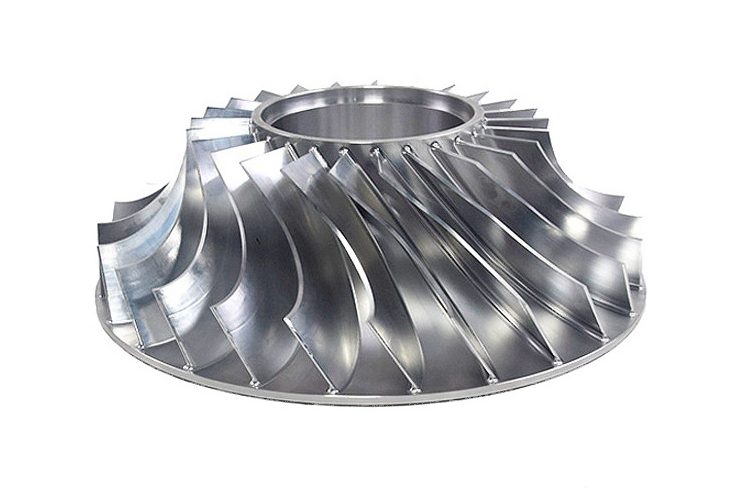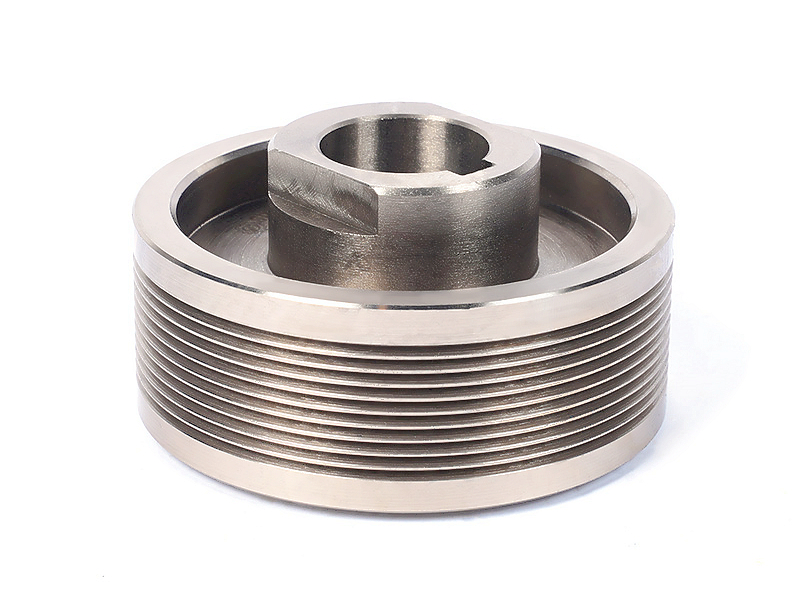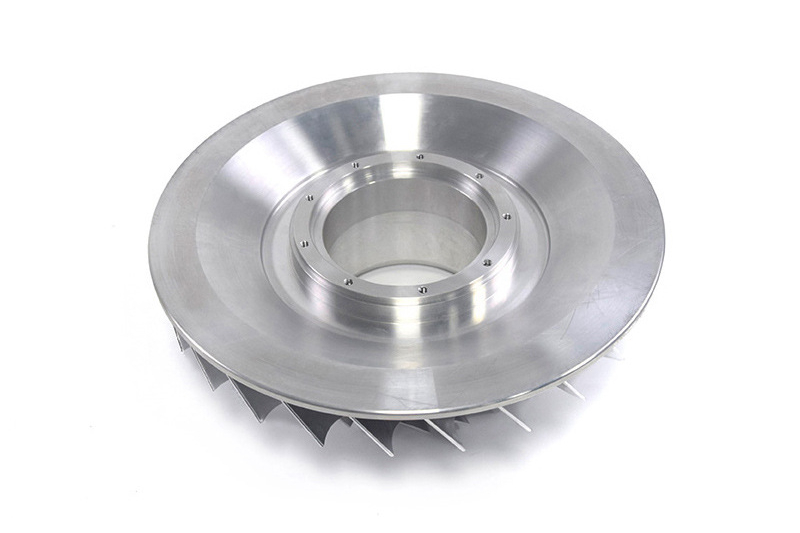How to balance titanium’s higher cost with strict performance and quality needs?
Balancing titanium's inherently higher material and processing cost against non-negotiable performance and quality requirements is a fundamental engineering challenge. This equilibrium is not achieved by seeking the cheapest option, but by strategically maximizing value and efficiency at every stage of the product lifecycle, from design to final inspection. The goal is to justify the cost through enhanced performance, reliability, and total cost of ownership.
Strategic Design and Engineering Optimization
The most significant cost savings are locked in during the design phase. Employing Design for Manufacturability (DFM) and topology optimization is critical. By collaborating with an experienced CNC Machining Service provider early, engineers can create geometries that use the minimum material necessary, eliminate unnecessary complex features, and simplify fixturing. For complex, low-volume parts, Multi-Axis Machining can consolidate multiple components into a single, lighter, and more reliable titanium piece, saving on assembly, inventory, and potential failure points. The use of CNC Machining Prototyping validates these designs before committing to expensive full-scale production.
Precision Manufacturing to Minimize Waste and Rework
The high cost of titanium billet makes material waste and part scrapping exceptionally punitive. Justifying this cost necessitates partnering with a supplier whose Precision Machining Service is calibrated for titanium. This includes:
Near-Net-Shape Practices: Sourcing raw stock as close to the final part dimensions as possible to minimize machining time and material waste.
Process Stability: Using proven parameters, high-pressure coolant, and premium tooling to achieve first-part success and maintain consistency, thereby eliminating costly scrap and rework.
Comprehensive Quality Integration: In-process inspection and rigorous final QA, using CMMs and other metrology, ensure every part meets stringent specifications. This prevents the ultimate cost of a quality escape—a failed component in the field.
Targeted Material and Post-Process Selection
Not every application requires the highest-grade titanium. A critical balance is struck by selecting the minimum sufficient grade. For instance, a component needing corrosion resistance but not ultimate strength might allow for a more machinable grade like Ti-3Al-2.5V (Grade 9) instead of Ti-6Al-4V (Grade 5). Similarly, post-processing must be application-specific. Instead of defaulting to an expensive PVD Coating, a component might only require Electropolishing for deburring and improved fatigue resistance. The key is to specify processes that directly address the performance need without incurring unnecessary costs.
Lifecycle Cost Analysis (TCO Justification)
The true value of titanium is often revealed in a Total Cost of Ownership (TCO) analysis, not just the unit price. In industries like Aerospace and Aviation and Medical Device, the performance benefits directly offset the initial cost:
Weight Reduction: In aerospace, every kilogram saved translates directly into fuel savings over the aircraft's lifespan, far outweighing the initial material cost.
Durability and Reliability: Titanium's high fatigue strength and corrosion resistance lead to longer service intervals, reduced downtime, and lower risk of catastrophic failure. The cost of a single in-service failure dwarfs the premium paid for titanium.
Biocompatibility: In medical implants, the cost of titanium is justified by its proven success in the human body, preventing revision surgeries and improving patient outcomes.
Supplier Partnership as a Strategic Lever
Finally, achieving this balance is nearly impossible without a capable manufacturing partner. A true partner offers a One Stop Service, managing the entire process from material sourcing with proper certification to machining, Heat Treatment, and surface finishing. This integrated approach reduces administrative overhead, streamlines logistics, and ensures single-point accountability, ultimately delivering a higher-value final product that justifies the investment in titanium.



